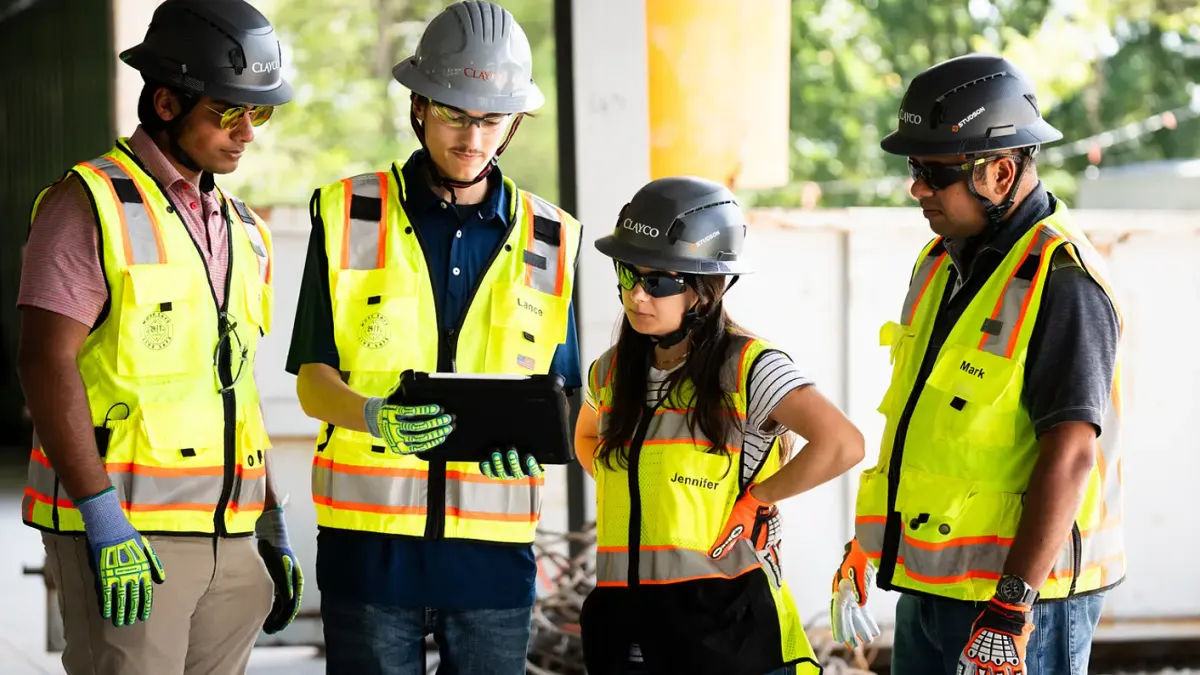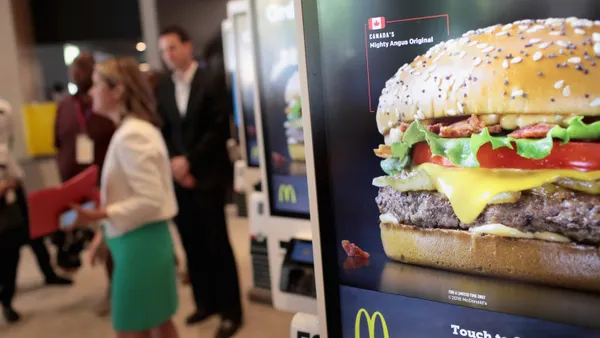Some talent managers believe digital skills gaps will cause businesses significant harm, while others worry about larger economic downturns. In the midst of all these shifts concerns, Whirlpool Corporation — a company with a 100-year long legacy — remains positive about its growth and the growth of its workers.
The company has worked to find the right balance of tech and process to keep staff ahead of digitization — while still prioritizing product quality, according to Deboleena Bose, vice president of human resources, North America, for Whirlpool Corporation.
It has always boasted a people-centered culture, Bose told HR Dive: "We’re evolving with industrial technology changes. Having been around so long, we’ve faced many such challenges and will face more in the future. We look at these as opportunities to grow our company and our workforce."
While others worry tech will replace humans, Whirlpool is investing in technology aimed at improving the work life of employees as well as the manufacturing process. "It’s our 'Based on Zero' philosophy," she said. "Zero is a beautiful number: We want zero accidents, zero waste, zero defects, zero turnover and zero inventory. Everything is driving toward zero."
Digitization can advance those efforts. Whirlpool is using tech to achieve safety goals and robotics to address stressful processes, for example. "It helps take out repetitive tasks, which helps employees move forward and up the value chain," Bose said.
Don't call it a robot
Whirlpool calls them co-bots — collaborative robotics that minimize risk for workers. They assist in installing glass in oven doors, for example, which can be a dangerous process for a human. With help from a bot, the chance of employee injury or product damage is minimized. In fact, it's the employees who make suggestions that eventually turn into solutions, Bose said. "The core of our world class manufacturing methodology includes suggestions from employees. People development is at the heart of this methodology," she said. "We believe operators who are doing the work know best how to help Whirlpool make it easier to drive to zero."
Other tech is making some work easier. Inspection systems that use artificial intelligence and augmented reality can, for example, show employees exactly where to move something, allowing them to work faster and more accurately.
It's a combination of tech, experiential training and hands-on tasks that makes this work, Bose said. "People development is at the heart of what we’re doing," Bose added. "As employees upskill and move to next level, we’re continuously building on their capabilities."
Training for a new era
Training at Whirlpool also has shifted to include emerging tech. Efforts include classroom, experiential and external learning resources, including online programs. "The industrial digital transformation is shifting how we deliver training," said Bose. "The model is 70/20/10; 70% of the work is experiential and hands-on; 20% is schooling and online, and 10% is classroom."
Classroom training is used where there are major changes to the work itself or the "experience cycle." With onboarding for example, classroom training tends to be effective. But as employees continue to work on platforms or on production lines, other methods prove more valuable.
Building on a 100-year legacy
When it comes to attracting talent, Whirlpool has a community reputation it has built on for over 100 years. Some employees come from families that have worked at Whirlpool for generations, Bose said.
But to keep up in a modern market, the employer is adopting more digital recruitment and outreach efforts to cultivate interest and bring underserved communities into the fold. To boost STEM representation for women, for example, Whirlpool arranges student factory visits, hoping to spark interest.
"How we’ve invested and how we will continue to invest in tech supports continuous capability training — one of our core missions," Bose said. "We believe that tech will ultimately improve the work life of our employees, positively impacting safety, reducing stress and improving processes. And as we upskill and continue to enable workers, they rise up the value chain."

















